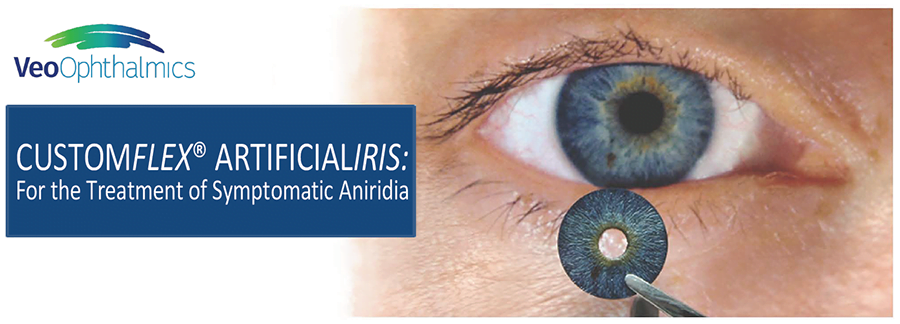A cataract is a clouding of the lens of the eye which, in normal conditions, is transparent. As light rays become unable to penetrate the cataract, less light can reach the retina and the vision becomes cloudy and distorted. Symptoms include: blurred vision, reduced night vision, glare, diminished color vision, and shifts in vision that make the patient either more near sighted or far sighted.
Cataracts are a common cause of vision loss as people age. In fact, virtually everyone experiences some degree of cataract formation by the time they reach the age of 70 and there are over a million cataract operations performed each year in the U.S. There are currently no medications or methods of prevention nor are there any non-surgical treatments for cataracts.
Surgery is recommended for patients with reduced vision caused by cataracts only after a detailed eye examination by an ophthalmologist to ensure there are no coexisting causes of reduced vision. This examination involves: a review of medical history and eye symptoms, a test of visual acuity under different lighting conditions, a slit lamp exam, intraocular pressure measurement, a dilated eye exam, and corneal/ocular eye measurements for determination of a suitable implantable lens during cataract surgery.
Cataract surgery is an outpatient procedure in which the cataract is removed and replaced with an artificial clear lens implant. Clear lens implants come in many different designs and state-of-the art lenses can help correct for astigmatism and presbyopia in suitable patients. Cataract surgery is one of the safest, most successful, and most widely performed ophthalmological operations.








